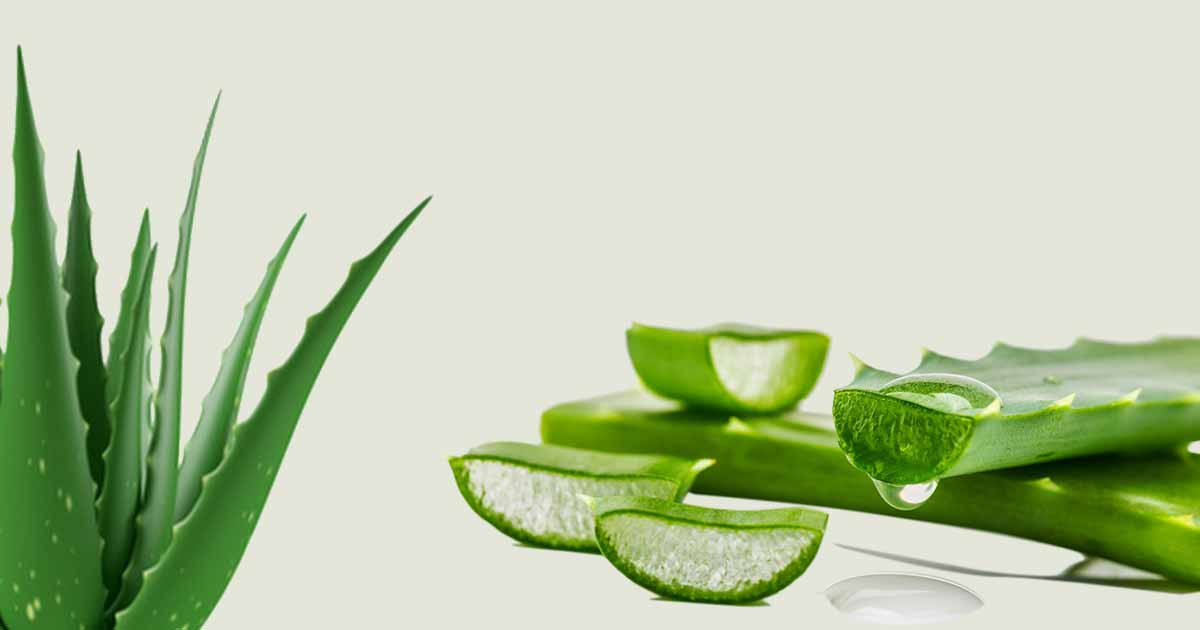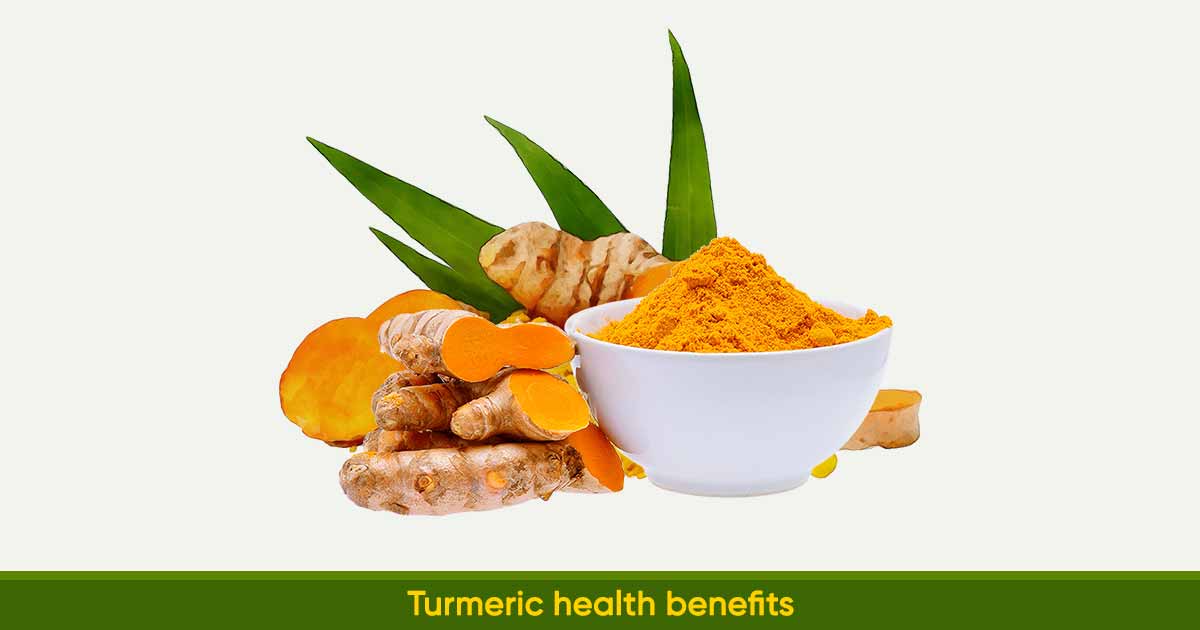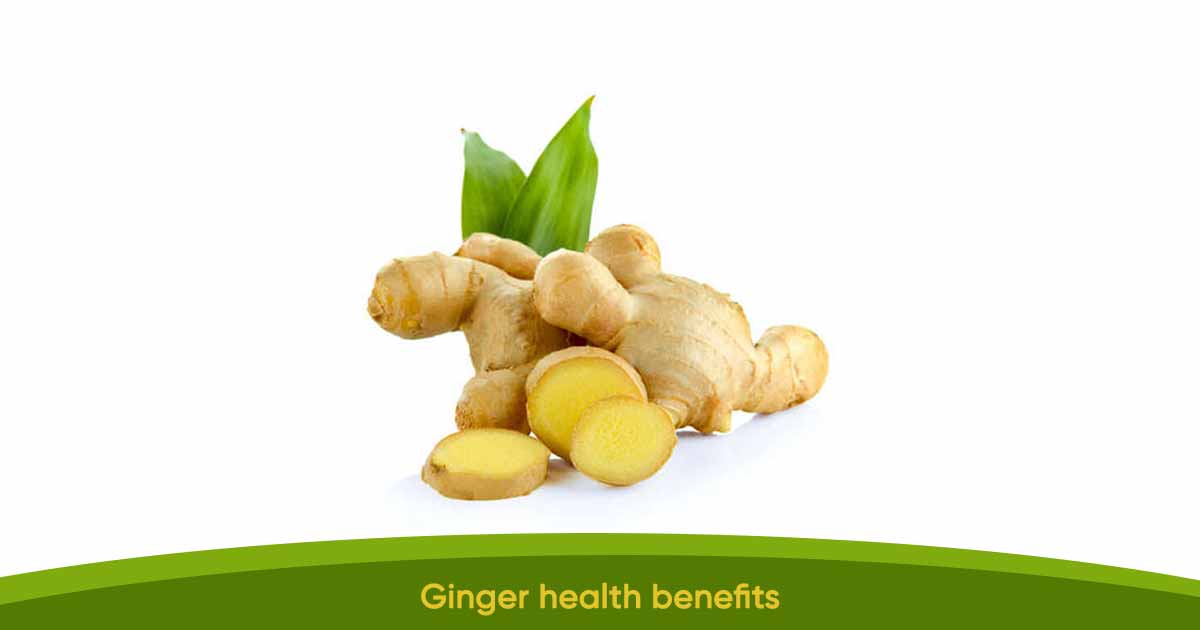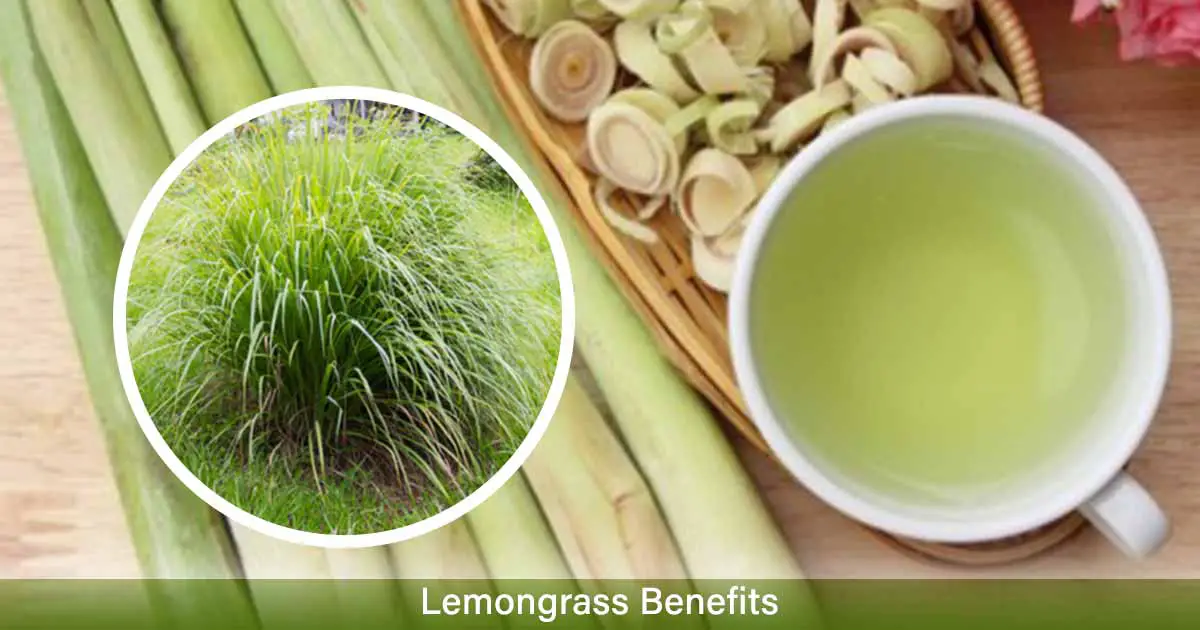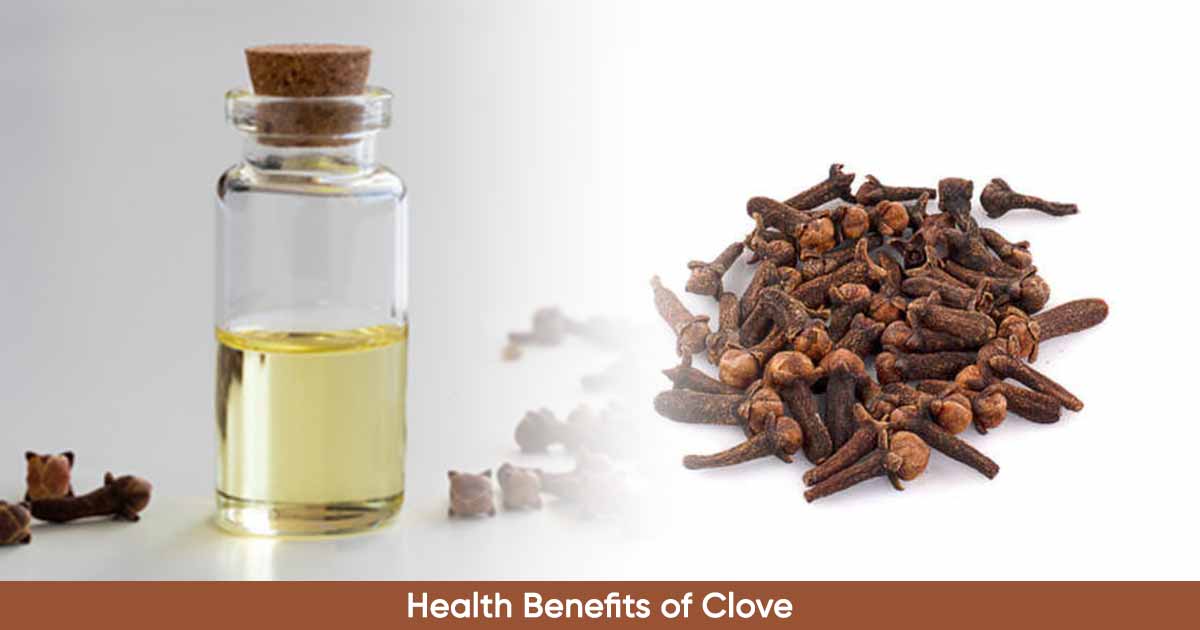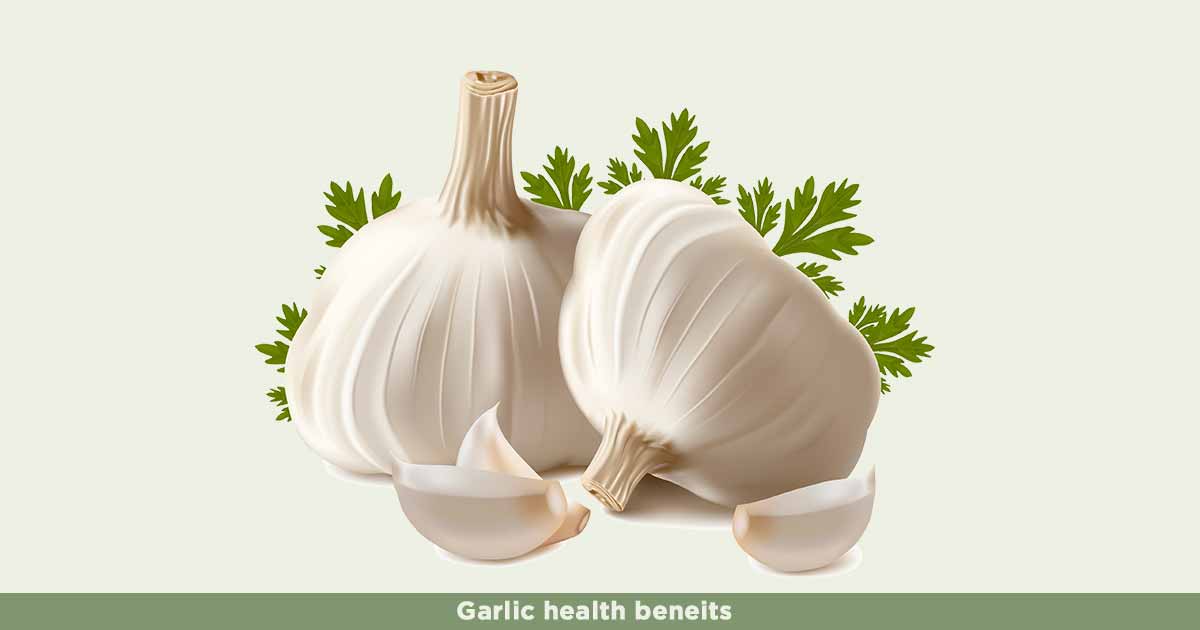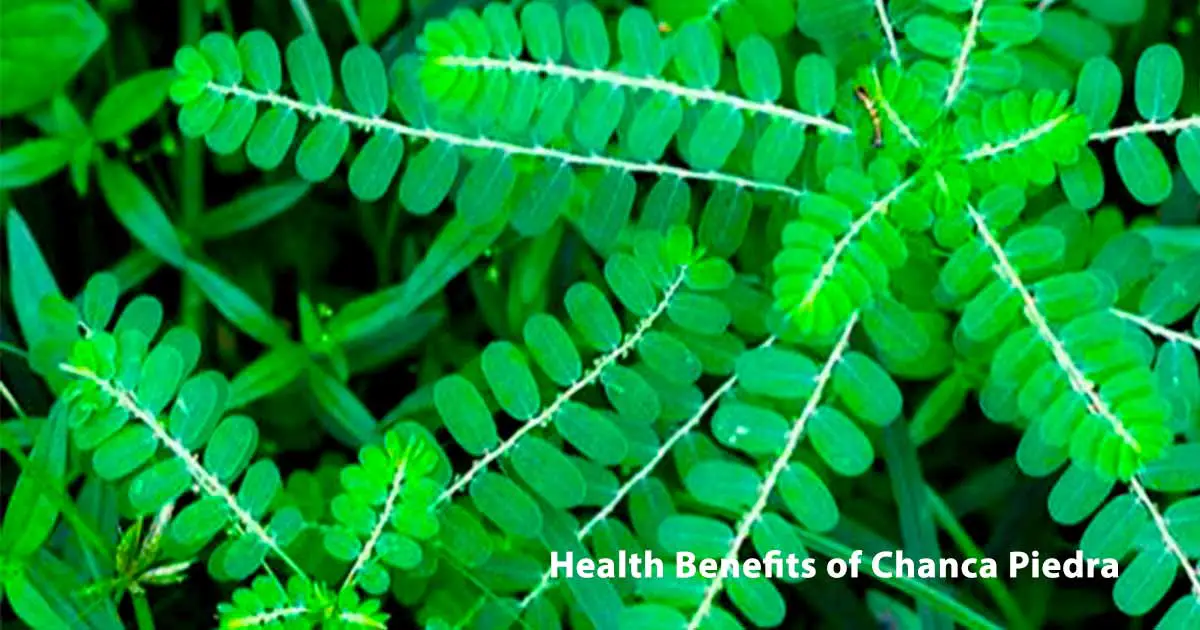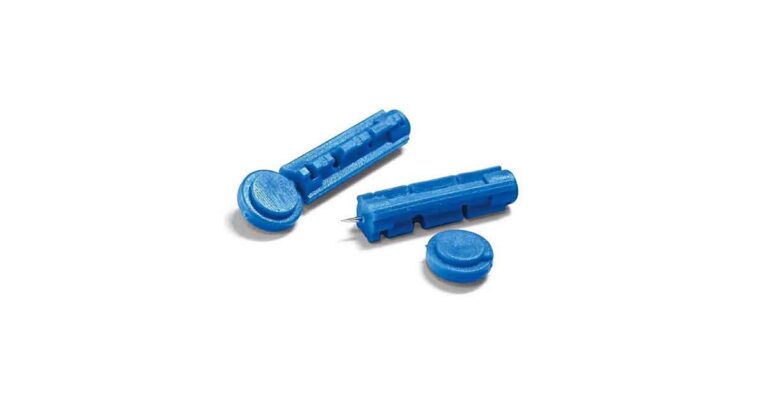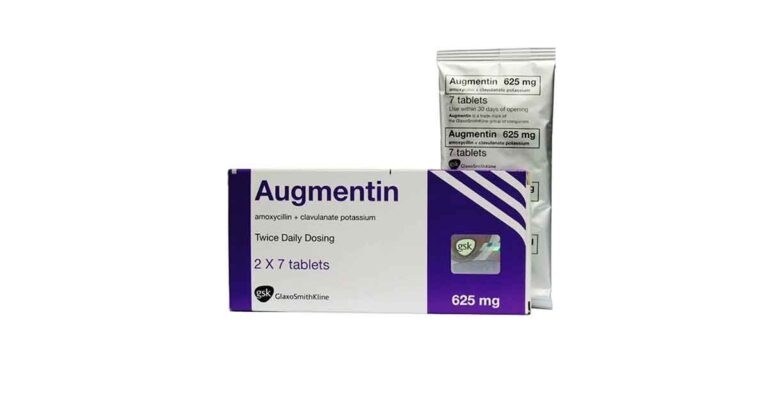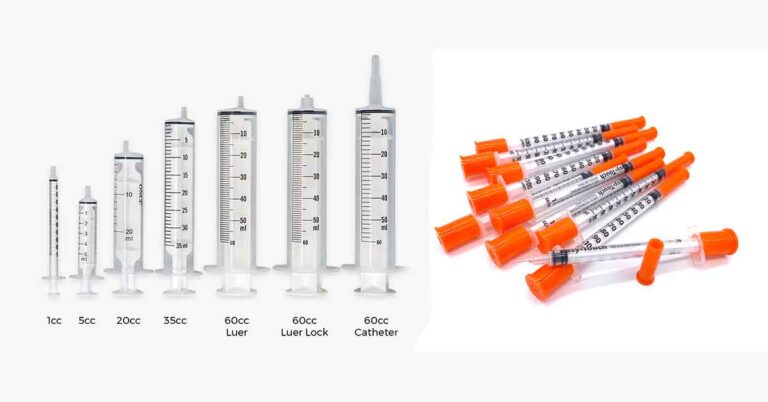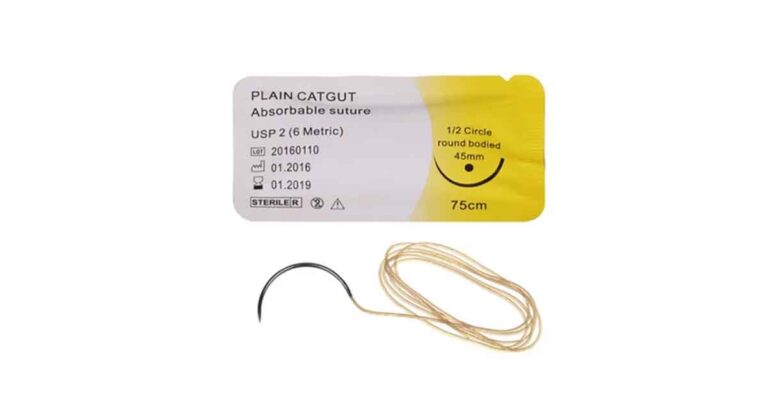Aloe vera (Latin names: Aloe vera, Aloe barbadensis, Aloe arborescens, Aloe africana) is a plant from the family, Asphodelaceae (Liliaceae). The plant is also known as plant of immortality by the Egyptians. Other common names are aloe, lily of the desert, elephant’s gall, burn plant, Mediterranean aloe, Barbados aloe, True aloe, Curaçao aloe, Ghritakumari, Lu Hui, Luhui.
Aloe vera is a cactus-like plant, and grow in hot, humid environment but adapts to different environmental conditions. The plant is a perennial succulent herb that can survive drought due to ability to store water in the tissues.
The leaves are greenish and fleshy, covered by a thick cuticle or rind. They are long, pea-green colored, and spotted with white color when young. Under the thick cuticle or rind is a thin vascular layer covering an inner clear pulp.
Flowers are bright yellow. The aloe vera whole leaves extract can be obtained by grinding whole leaves, without removing the rind. It may appear yellow to yellow-green.
Aloe vera has two liquids – a bitter yellow latex found under the strongly cutinized epidermis of the leaves in the vascular layer and has anthraquinone compounds. Another liquid, a clear mucilaginous gel, is produced by the thin-walled tubular cell in the parenchyma. An additional liquid may be obtained from macerated leaves.
Aloe vera has been used for centuries in the Ancient Egypt, Greece, and China for different healing processes. Though the plant is from the warm, dry climates of Africa, it now grows in almost all parts of the world like the US, Barbados, Haiti, Aruba, Venezuela, Africa, India. The major producers are Mexico, Latin America, Thailand, China, and the US. The quality of the product depends on the planting, harvesting, processing, and storage.
Aloe vera has been used to topically to heal wounds, skin infections, baldness, sunburn, burns, osteoarthritis. It is now incorporated into skin care products like creams, lotions. Orally, it has been used as a laxative.
However, in 2002, they demanded that all manufacturers to remove aloe vera from all over-the-counter laxative products due to lack of information on safety.
People take the oral form for conditions such as diabetes, hepatitis, herpes simplex, lichen planus, or psoriasis, epilepsy, asthma, osteoarthritis, inflammatory bowel disease (which includes Crohn’s disease and ulcerative colitis), and weight loss.
Aloe Vera Gel
The leaves of aloe vera contain a gel, that can serve as ointment. The liquid product is from the inner leaves (the clear, central parenchymatous tissues of the aloe), and appears opaque, viscous, and slightly off-white.
Aloe Latex
Aloe latex, also called “sap”, is an exudate which could be brown, yellow-brown, or rarely red found between the rind and inner leaf. It contains mainly anthraquinones, and other constituents. Anthraquinones is an inorganic compound that helps in building other naturally occurring plant pigments. It has laxative properties.
Aloe Vera Juice
The liquid from the aloe vera leaf, It includes products from the latex or the gel.
Composition of Aloe Vera
Aloe vera contains as much as 9% to 99.5% water, and the remaining percent is solid materials. The solid materials include mineral, vitamins, organic acids, phenolic compounds, enzymes, polysaccharides (both simple and complex)
Aloe vera contains carbohydrates, dietary fibers, minerals such as calcium, sodium, selenium, copper, potassium, magnesium, zinc, chromium, manganese. The vitamins present are vitamin A, C, E (α-tocopherol), B1, B2, B6, folic acid, and choline.
Bioactive Compounds in Aloe Vera
Aloe vera contains laxative compounds, anthraquinones such as aloin A and B (barbaloin), aloetic acid, aloe-emodin, emodin, isobarbaloin, ester of cinnamic acid.
There are steroids such as cholesterol, β-sisosterol, campesterol, and lupeol. Hormones present are auxins and gibberellins, while enzymes such as bradykinase, aliiase, amylase, carboxypeptidase, catalase, lipase, alkaline phosphatase, cellulase, and peroxidase are found.
There are other organic compounds and lipids such as triglycerides, triterpenoid, arachidonic acid, γ-linolenic acid, salicylic acid, uric acid, proteins like lectins.
Sugars present are glucose, fructose, glucomannans, polymannose, and others. Other compounds are essential amino acids (20 out of 22 amino acids), lignin, saponins, alprogen, C-glucosyl chromone.
Uses
Cosmetic Use of Aloe Vera
Aloe vera gel is an emollient and a mostuirizer used in skin care products. The hydrating effect of the gel is utilized in lotions, creams, liquids, shaving creams, liquids, lip balms, sun lotions. Aloe vera gel is included in mouth wash, shampoos, after-shave gel, skin-moisturizer, and after-shave gel.
The content of the aloe vera in those formulations are usually low, but may help improve the water content of the stratum corneum.
Since anthraquinones absorbs ultraviolet radiation, aloe vera is used in sunscreens as they are rich in anthraquinones.
Use in Food
Aloe vera supplements are available in many products in quantities ranging from 0.33 to 750 mg per capsule. The aloe vera gel and latex, and decolorized whole leaf extract (after removing the latex compounds) are all used as dietary supplements. Major anthraquinone components, such as aloe-emodin and aloin A are mostly available in such formulas.
Liquid formulations have either aloe-emodin or aloin A, or no amount of both. Solid and semi-solid formulas have one or both compounds.
Aloe vera extract is used as a bitter flavoring agent in beverages. It is also used in food products such as ice creams, yogurts, alcoholic beverages, jams, soft drinks.
The FDA has approved it as a natural food flavoring.
Health Benefits of Aloe Vera
Laxative: Anthraquinones, especially aloin A and B (formerly designated barbaloin) in aloe vera increases intestinal water content, intestinal peristalsis, and stimulates mucus secretion. This makes it a strong laxative. The aloe latex is best known for the laxative effect.
Healing effect: The growth hormone, gibberellin, and the polysaccharide, glucomannan in the aloe increases collagen synthesis, composition, and degree of collagen cross-linking in wounds.
It also increases the rate of wound contraction, breaking strength of resulting scar tissue, and synthesis of hyaluronic acid, promoting wound healing.
Anti-diabetic effect: In studies with diabetic rats, fiver phytosterols from aloe – lophenol, 24-methyl-
lophenol, 24-ethyl-lophenol, cycloartanol and 24-methy-lenecycloartanol exhibited anti-diabetic effect. This makes it one of the medicinal plants alongside Allium sativum, Azadirachta indica, Vernonia amygdalina, Abelmoschus esculentus with such benefits.
Antioxidants: The plant contains vitamins such as C, E, and minerals such as copper, zinc, and selenium. They are powerful antioxidants that help to eliminate free radicals causing diseases in the body.
Anticancer effect: In studies with mice, acemannan, a constituent in aloe vera stimulate the synthesis and release of interleukin-1 (IL-1) and tumor necrosis factor from macrophages inhibiting cancer cells. Other constituents such as phorbol myristic acetate, emodin, and anthraquinones also inhibit the formation of cancer cells.
Some compounds in the extract also prevent reactive oxygen free radicals that may cause cancer.
Anti-inflammatory action: Constituents such as auxins, gibberellins, aloin, bradykinase, salicylic acid, lupeol have analgesic and anti-inflammatory activities. A novel compound, C-glucosyl chromone isolated from the plant reduces inflammation.
The anti-inflammatory activity is by inhibiting the cyclooxygenase pathway and reducing prostaglandin E2 production.
Antimicrobial activity: The aanthraquinone, aloin inactivates viruses such as herpes simplex, varicella zoster and influenza.
Aloe gel also inhibits bacteria such as Pseudomonas aeruginosa, Streptoccocus pyogenes, Streptococcus faecalis, E. coli, Shigella, S. aureus and S. typhi and strains of mycobacteria such as M. fortuitum, M. smegmatis and M. kansasii.
It also inhibited fungi such as Candida albicans, Rhizoctonia solani, Fusarium oxysporum, and Colletotrichum coccodes, Trichophyton mentagrophytes.
The antimicrobial activities are due to saponins, anthraquinone compounds, flavonoids, terpenoids.
Immune boosting: Alprogen, one of its constituent, inhibits release of inflammatory compounds histamine and leukotriene from mast cells. Also, the polysaccharides stimulate macrophages, the white blood cells, to fight off viruses.
Aloe Vera for Skin
Some uses of aloe vera for skin includes the management of burns, bruises, wounds, skin irritations, acne, abrasions, dark spots.
Aloe vera gel is used to improve the skin integrity, removes wrinkles, acne, and erythema.
Anti-aging effect: Mucopolysaccharides binds moisture to the skin. Aloe also stimulates fibroblast that produce collagen and elastin fibers. This softens the skin, and makes it elastic and less wrinkled. Amino acids also soften dry skin, and moisturizes the skin too.
Treatment of acne: The use of topical aloe-based gel twice daily together with medical soap and tretinoin gel may help in the treatment of acne.
Effect on skin against UV radiation: Aloe vera gel prevents radiation damage to the skin. This is probably due to an antioxidant protein, metallothionein, that prevents reactive oxygen species, and inflammatory cells. Also, anthraquinone is an absorber of ultraviolet radiation in suncreens.
Antiseptic property: Lupeol, salicylic acid, urea nitrogen, phenols, sulfur, cinnamonic acid, and saponins has antiseptic effect. It inhibits bacteria, fungi, and viruses.
Dosage
Aloe vera as a laxative: The smallest dose of aloe vera required to form a soft stool is recommended. In children aged above 10 years and adults, 40–110 mg of the dried latex, which correspond to 10–30 mg of hydroxyanthraquinones per day, or 100 mg as a single dose in the evening is to be taken.
The European Medicines Agency recommends a maximum daily dose of hydroxyanthracene glycosides of 30 mg to form a soft stool.
For aloe vera gel: 25 to 100 mL per day of a 4.5:1 gel concentrate orally for adults (Morgan et al., 2005). 2–8 fluid ounces (59–237 mL) of single-strength leaf gel has been recommended by the International Aloe Science Council.
The topical gel should be applied generously on the body. According to a study (Ulbricht et al., 2007), hydrophilic cream of 0.5% weight of a 50% ethanol extract of aloe vera applied three times a day for 5 days in a week can help in treating conditions such as genital herpes and psoriasis vulgaris.
Drug Interactions
Aloe vera may interact with medications such as:
- Frusemide: Increasing the risk of potassium depletion.
- May increase the absorption of steroid creams such as hydrocortisone.
- Digoxin: May increase the adverse effect of the drug used in heart condition.
- Diabetic medications increasing lowering of sugar level beyond normal levels.
Side Effects of Aloe Vera
The use of aloe vera topically is not associated with any serious side effects, except for mild symptoms such as redness, burning, itching, and eczema due to the anthraquinones, like aloin and barbaloin.
The oral consumption may cause abdominal cramps, red urine, worsening of constipation, diarrhea, electrolyte imbalance (low potassium levels). Diarrhea is as a result of the laxative effect of aloe vera, and can cause decreased absorption of some drugs. The persistent oral consumption of the aloe vera have been associated with acute hepatitis.
Studies suggest it may lower blood glucose levels, hence diabetic patients who are on glucose-lowering medication may witness lowering of blood glucose levels beyond normal.
Aloe vera gel and latex may not be safe in pregnancy, as it is rumored to cause uterine contraction and breastfeeding mothers, as it may cause GIT disturbance in infants. The overuse of the latex may increase the adverse effects of digoxin, a medication used in heart conditions.
Prolonged use has been suggested to cause colorectal cancer, though this claim need further research.
References:
- https://www.bumc.bu.edu/integrativemed/files/2010/01/Aloe-vera.pdf
- https://monographs.iarc.who.int/wp-content/uploads/2018/06/mono108-01.pdf
- https://www.nccih.nih.gov/health/aloe-vera
- https://www.phytojournal.com/vol1Issue4/Issue_nov_2012/17.1.pdf
- https://www.ncbi.nlm.nih.gov/pmc/articles/PMC2763764/

